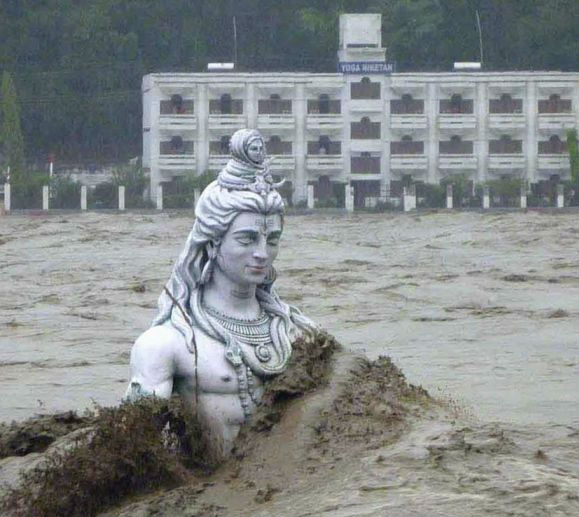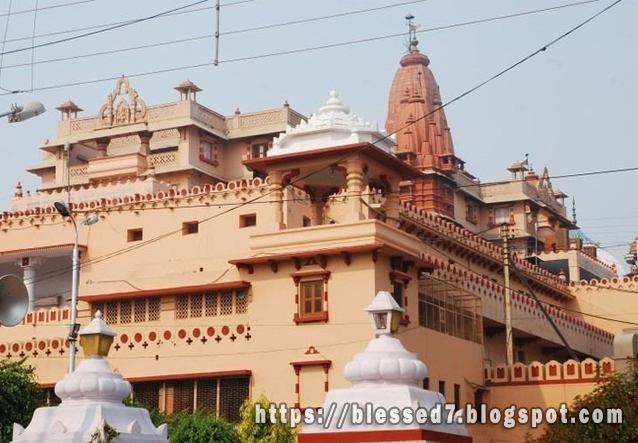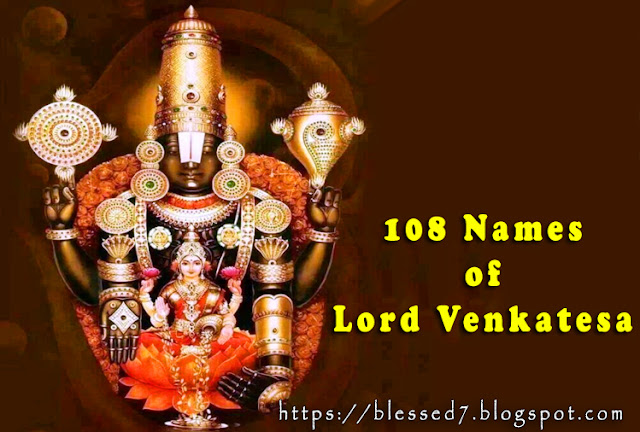Hindu world divided by a 24-hour wonder
Miracle or mirage? From Calcutta to South all, the faithful came to see milk-drinking idols as skeptics talked of hallucination
New Delhi: Saturday 23 September 1995
It was a 24-hour miracle. The thousands of Hindu idols around the world that on Thursday were "drinking" milk have finally quenched their thirst. But was it a miracle? Mass hallucination? Or, as sceptics insist, a hoax started in New Delhi by a roguish Hindu swami?
From Calcutta to Canada, from Southall to Singapore, millions of Hindus say they witnessed a miracle. In temples and in houses and village huts, statues of the elephant-headed god, Ganesh, and Shiva, the destroyer, were drinking spoonfuls of milk. Yesterday in New Delhi and other Indian cities, the dairies ran dry. All the milk had gone to the gods.
For centuries India has had a reputation as a place where miracles happen, where fakirs climb ropes into thin air and monks levitate over the Himalayas. India also has a reputation for being the abode of clever charlatans who can use a few sleight-of-hand tricks to dupe gullible devotees. Yet nobody can remember a day when the Hindu idols drank milk.
Sanal Edamaruku, of the Indian Rationalists Association, which exposes fake gurus, thinks he can trace the roots of this strange phenomenon which swept Hindu communities throughout the world at baffling speed. He claims that on Wednesday at 6pm in the holy city of Haridwar, where the Ganges river flows out of the Himalayas, several holy men covered in ash and clanging metal tridents declared over loudhailers that Hindus should be prepared for a miracle to happen the next day.
"The sadhus [holy men] said that all of Lord Shiva's family would be taking milk in the temples," Mr Edamaruku said.
Although the names of these sadhus were not known, the Rationalists recognised them from photographs in the Indian newspapers. These sadhus had carried out a protest in New Delhi against criminal charges being brought against a powerful holy man known as Chandraswami - guru to the Indian prime minister, the Sultan of Brunei and Liz Taylor. The newspaper picturess were unforgettable - one scrawny holy man pulled a car by a rope tied to his penis.
Early on Thursday, according to Mr Edamaruku, priests at the major temples in Indian cities were woken up by anonymous callers saying: "Miracles are happening everywhere. Try to feed milk to Ganesh. He's simply drinking it." This same message was passed on to Hindu temples in other countries. "This wasn't done by miracles, but by effective use of mass communication," Mr Edamaruku said.
The "miracle" first occurred at the morning prayers, and as the devotees spilled out of the temple, they spread the news across the planet with incredible speed. Soldiers in Punjab stopped their manoeuvres to worship Ganesh. The Bombay and Delhi stock exchanges closed down while the traders offered milk (Ganesh refused the offering), and Hindus in their tens of millions swarmed to temples.
The rumour spread that an elephant-headed boy, the possible reincarnation of Ganesh, had been born that day in a Punjab town. Dr D Mohan, head of psychiatry at the All-India Institute of Medical Sciences, explained: "All humans, whether agnostics or believers, are vulnerable to such credulousness. All it takes is a stray rumour or incident to trigger off such behaviour."
The right-wing Hindu parties pounced on this opportunity and declared that the milk-drinking was a "prophecy" that they would win the general elections next year, sweeping out the ruling Congress party.
Although the Congress government did not want to lose millions of Hindu votes by debunking the "miracle", it tried its best to put forward scientists who offered theories of "mass hypnosis" or even "psycho-mechanic reaction" to explain how the milk might dribble out of the spoon when offered to the idol.
Source: Ganesha Drinking Milk

































